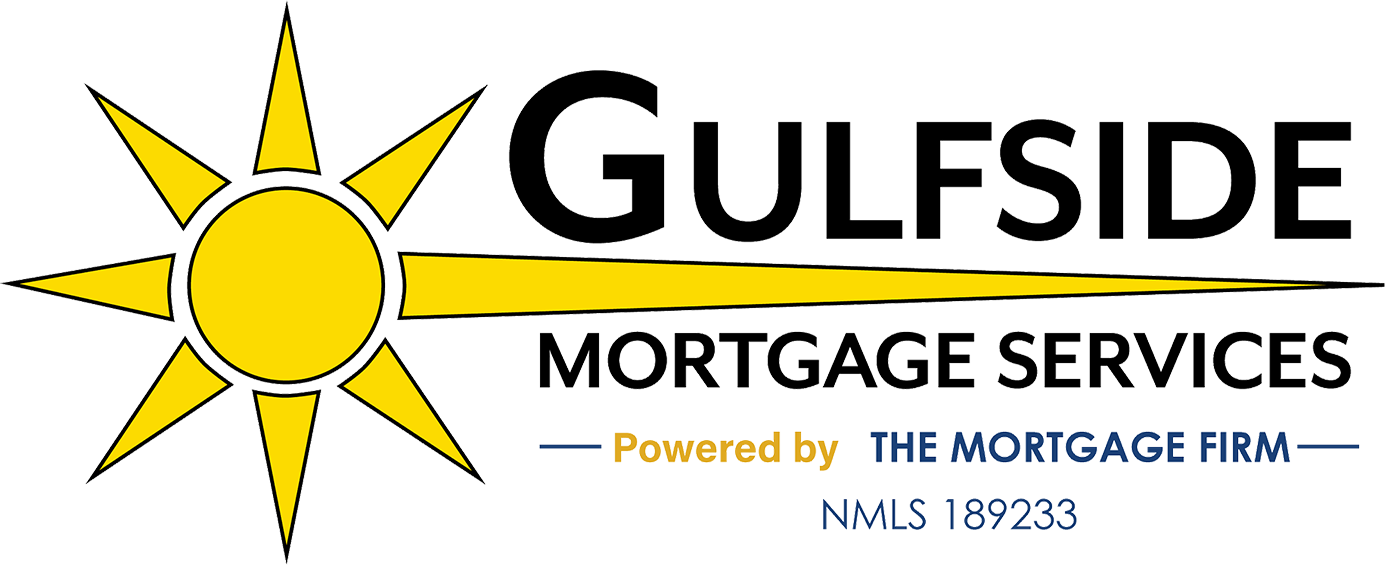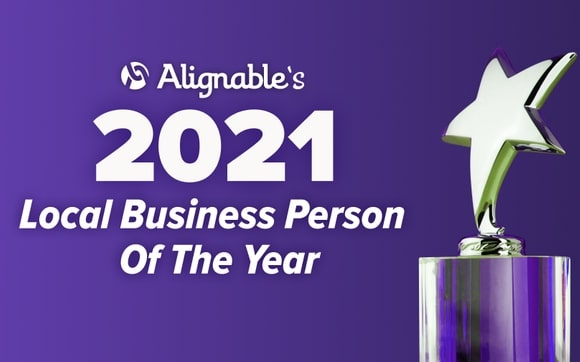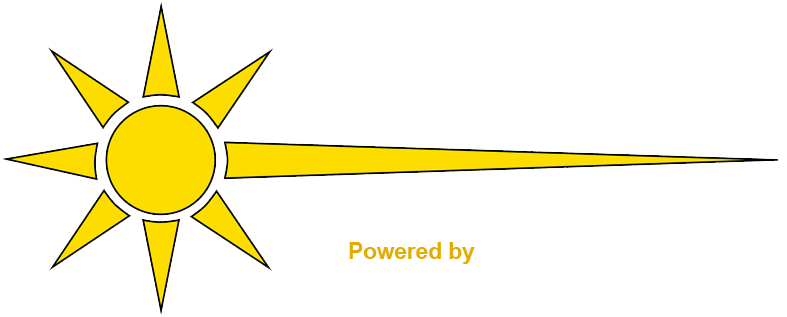What’s Happening to Mortgage Rates This Week and Why Are They Higher Than They Should Be?
The global health emergency, coronavirus, has caused damage to economic markets globally as well. With many businesses shutting their doors with no known date of reopening, people are saving their funds aside from purchasing necessities. Interest rates have plummeted. Everything may seem a bit topsy-turvy with coronavirus quarantines happening across the world. If you were planning on buying or selling a home this Spring, you might think that you need to adjust your plans.
In this article we will cover what is happening with mortgage rates and interest rates and what you should do.
Where We’re Coming From
First, in order to understand what is happening now with mortgage rates, you need to understand (which some of you potential buyers and sellers may already be aware) where mortgage rates were last week. Last week mortgage rates were at a record low! That rate was 3.29% for a 30-year fixed rate mortgage. When this happened, people rushed to apply for mortgages at this rate, which is the lowest ever recorded since Freddie Mac began recording interest rates in 1971. The volume of people refinancing their homes, as well, reached the highest it’s been in over ten years.What That Means Now
So after these record lows last week, lenders were looking to slow the amount of applicants because having too many applicants is simply impossible to handle. In 2018-19, many lenders had downsized their offices due to reduced call for mortgages, due to higher rates. When all of these applications came in, they raised the record low rates to slow the speed at which people were applying for new homes and refinancing.Don’t despair, though, if you’re in the market; the rates are still good for potential buyers. From 2018 to May 2019, average rates for home loans were above 4%. So though there may have been a jump this week, the rate is still much lower than recent years.What You Can Save Translated to a Dollar Amount
Every home cost and mortgage situation is different, but it helps to look at rates in terms of what that means you will actually save. Let’s say you purchase a $200k home. If your lender provides you with a 4.0% mortgage rate for a 30 year mortgage, overall you will pay:$200,000 for the home costs plus
$143,749 in interest. So your total for your home will be
$343,739.
For that same $200k home to be purchased with a lower mortgage rate of 3.36% for a 30 year mortgage, overall you will pay:
$200,000 for the home costs plus
$117,712 in interest. So your total for your home will be
$317,712.
So if you go with this lower rate, you will save $26,027.
What to do if you missed the window:
Rates are still exceptionally low even though they’ve gone up. With that said, don’t try to outguess the market and wait for lower rates. If you can lock in a good rate, go ahead and purchase now.Purchasing or selling a home can be daunting, and coronavirus just adds another level of complication to the whole situation. Stay calm, though. You can always call a specialist in mortgage services, like those at Gulfside Mortgage Services, to have them walk you through your plans.
Watch this Video to Lear More:
https://www.gulfsidemortgageservices.com/feds-drop-rate-to-0-what-does-that-mean-for-mortgage-rates/

























